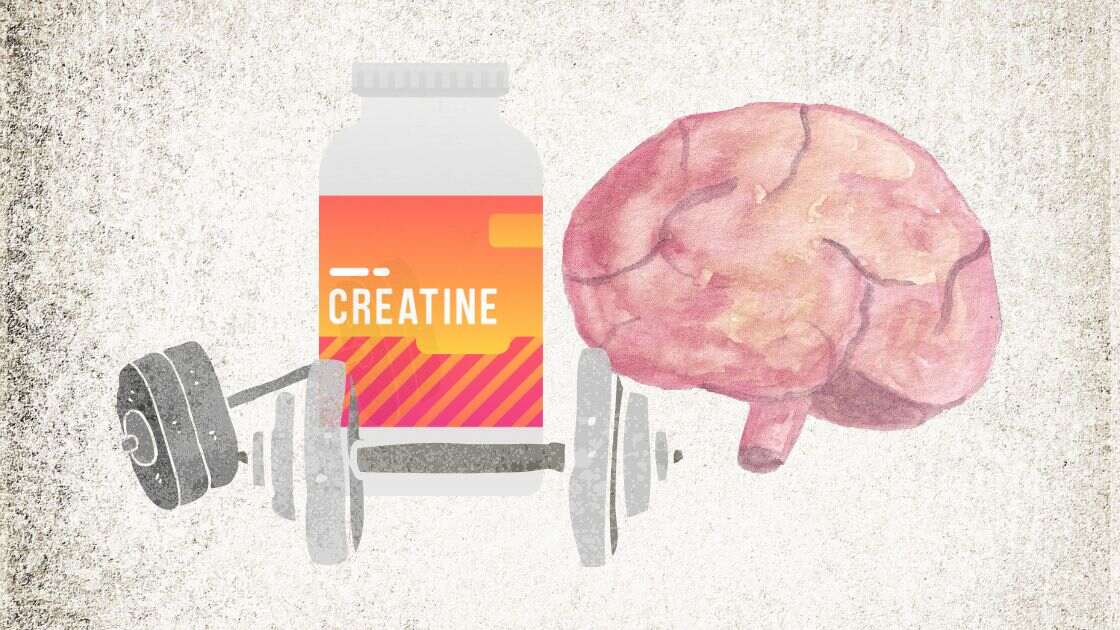You might have heard about what is creatine — but how can it amp up workouts and strengthen muscles and what exactly is it? Let’s break it down into clear, actionable insights about how can it boost your fitness journey.
What Is Creatine Exactly?
In a nutshell, creatine is an amino acid that packs a punch in the energy department. Think of amino acids as the body’s protein building blocks. They’re crucial for muscle growth, and creatine is one of these key players.
About 50% of the body’s creatine comes from protein-rich foods like red meat, seafood, and animal milk. The rest is produced naturally by the liver, kidneys, and pancreas. The bulk of this creatine (around 95%) hangs out in your muscle cells.

Read more here: Strength Vs. Aesthetics: Difference Between Bodybuilding And Powerlifting
Energizing Creatine Benefits
So, what’s creatine’s superpower? It’s stored as “phosphocreatine,” a handy energy source for your muscles. When you’re pushing through a workout, creatine swoops in to aid muscle contractions and keep your energy flowing.
It’s your ticket to enhanced muscle strength and endurance—a real game-changer for power sports like bodybuilding, wrestling, hockey, and football.
Creatine in Action
When you’re hitting the gym, creatine becomes your workout buddy. It boosts your muscle strength, allowing you to push harder and longer.
Imagine having quick bursts of energy in reserve, just when you need them most. That’s creatine at work, fueling your performance and keeping you in the game.
What Should Be Your Creatine Quota?
Here’s the scoop on dosages: Your body produces around 1 gram of creatine daily, courtesy of the liver, pancreas, and kidneys. Plus, you snag another 1 to 2 grams from protein-packed foods in your diet. But if you’re eyeing those creatine supplements, here’s the drill.
The sweet spot is between 2 to 5 grams of creatine daily. That’s your golden range for reaping the benefits without tipping the scales into unwanted side effects.
And speaking of side effects, taking too much creatine can lead to nausea, diarrhea, cramps, and muscle discomfort. It’s wise to have a chat with your doctor before diving into creatine supplements.
In a Nutshell…
Creatine is like your workout ally, a natural amino acid that boosts your energy and muscle performance. It’s your secret weapon for acing power sports and ramping up muscle strength. Your body manufactures some creatine, and you get a bit from protein-rich eats.
If supplements are calling your name, stick to 2 to 5 grams a day for optimal results. Remember, balance is key—too much might stir up some not-so-pleasant side effects. Always loop in your doctor before taking the supplement route.
So there you have it, the lowdown on creatine—your energy elevator and muscle’s best friend. Time to unleash its potential and supercharge your fitness journey!
Read more here: 9 Tips for Cultivating Body Positive Fitness
Share your thoughts about the benefits of creatine in the comments below!








Leave a Reply
You must be logged in to post a comment.